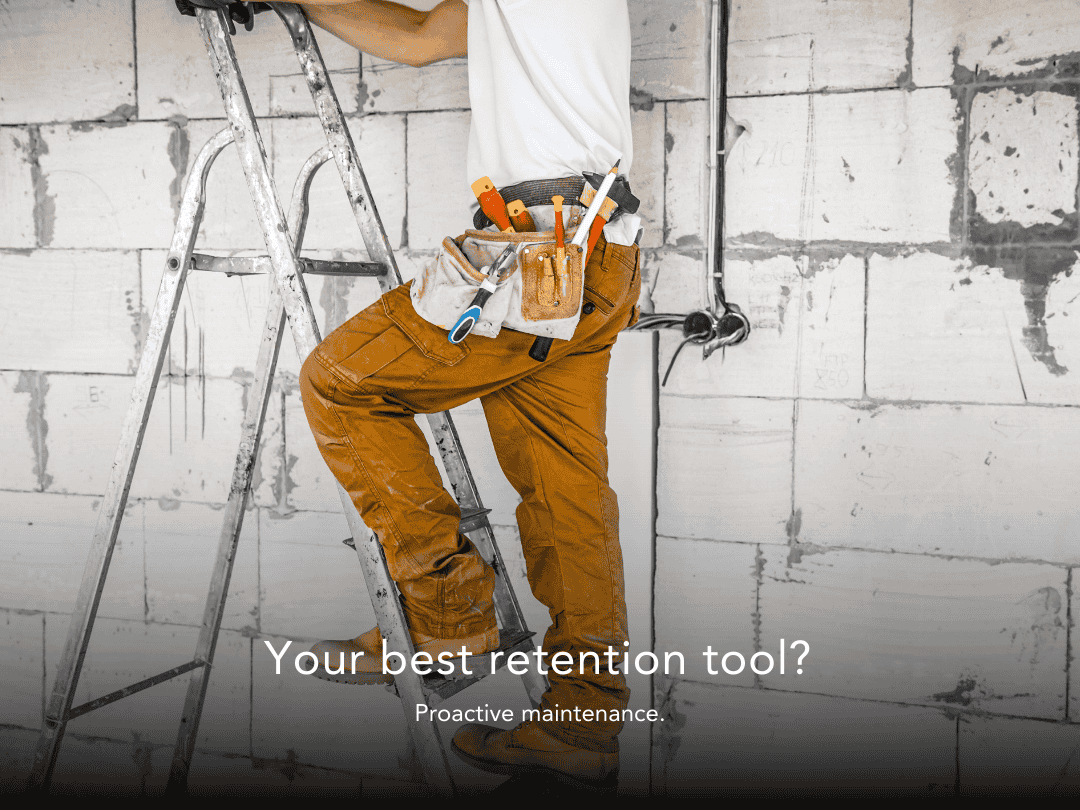To change the air filter in your Carrier HVAC system, follow these steps:
Turn off the power: Locate the power switch or circuit breaker for your HVAC system and turn it off. This will ensure your safety during the filter replacement process.
Locate the air filter: The air filter is typically found in the return air duct or in the air handler unit. Consult your HVAC system's user manual or look for a labeled access panel.
Remove the old filter: Open the access panel and carefully slide out the old air filter. Take note of the direction of airflow indicated on the filter frame, as it will help you install the new filter correctly.
Clean the filter area (optional): While the access panel is open, you can use a vacuum or a soft brush to remove any dust or debris that may have accumulated around the filter area.
Install the new filter: Take the new Carrier air filter and insert it into the filter slot. Make sure it is oriented correctly with the airflow direction matching the arrow or indicator on the filter frame.
Close the access panel: Once the new filter is securely in place, close the access panel tightly.
Restore power: Return to the power switch or circuit breaker and turn on the power to your HVAC system.
. If you're unsure or uncomfortable performing the task, please contact our office for assistance.
When managing rental properties, efficient property maintenance is key to providing a positive experience for landlords and tenants. Timely and effective repairs not only keep the property in top condition and contribute to tenant satisfaction and retention.
Winter brings a predictable dip in renter activity, but it does not have to sink results. Here is how to navigate the season, sharpen marketing, and use incentives wisely.
Communication is the backbone of property management. Owners want clarity on performance and cash flow. Residents want quick answers and visible progress on requests. The right mix of tools and habits turns communication from a pain point into an advantage.
Busy days calm down when the right tools do the heavy lifting. Here’s how our stack speeds leasing, maintenance, payments, and reporting without adding noise.
Property management is an economic engine in Boise. From steady housing supply to vendor jobs and safer, well-kept neighborhoods, the ripple effects touch residents, owners, and local businesses.
The right software won’t run your business for you, but it will clear roadblocks: rent gets paid on time, work orders stop slipping, and your books match reality. Here’s a straightforward way to evaluate options if you manage rentals in Boise and the Treasure Valley.
Dive into the future of property management in Boise, Idaho, and discover how technology is reshaping the industry. Learn how to leverage the latest trends to future-proof your business, improve tenant satisfaction, and stay ahead of the competition.
A year-round approach to pricing, amenities, maintenance, and communication that reduces vacancy and grows resident satisfaction.
Boise’s seasons change—your playbook can stay simple. Prep the property, plan your leasing moves, and communicate clearly with residents. Use this quick guide to keep cash flow steady from winter to fall.
Learn key factors to consider when choosing a property management company, from reputation and communication to legal compliance and technology integration.
Real estate investment in Boise is more than just purchasing a property. It requires understanding what makes a neighborhood desirable and how these features can translate to higher rental income.
Managing multiple properties can be a demanding task for property owners. With numerous responsibilities and duties to juggle, finding efficient ways to save time and streamline processes is essential.












